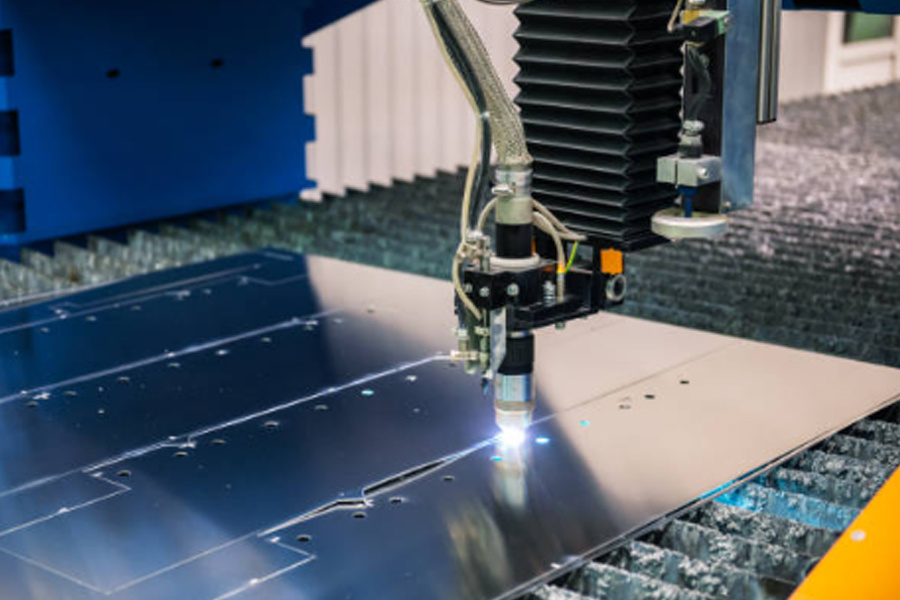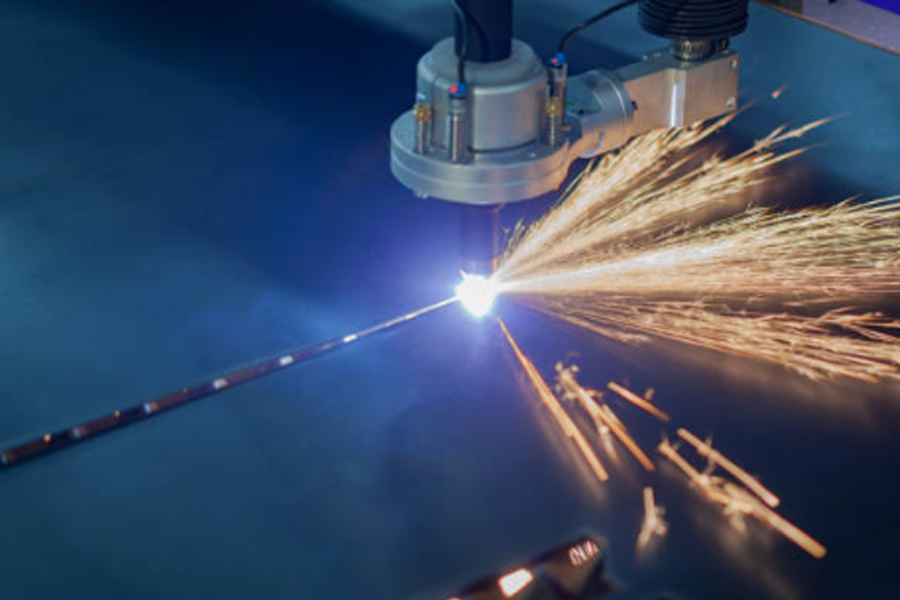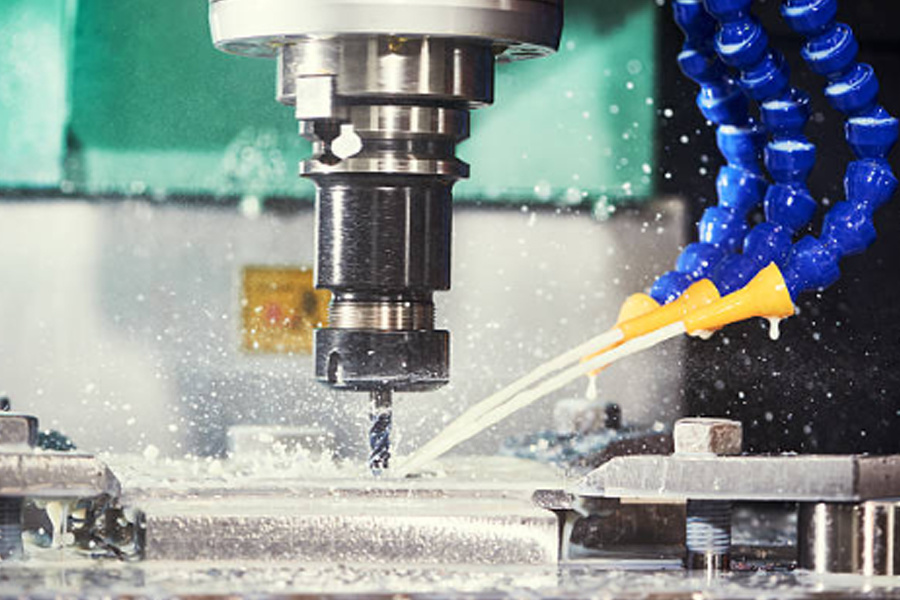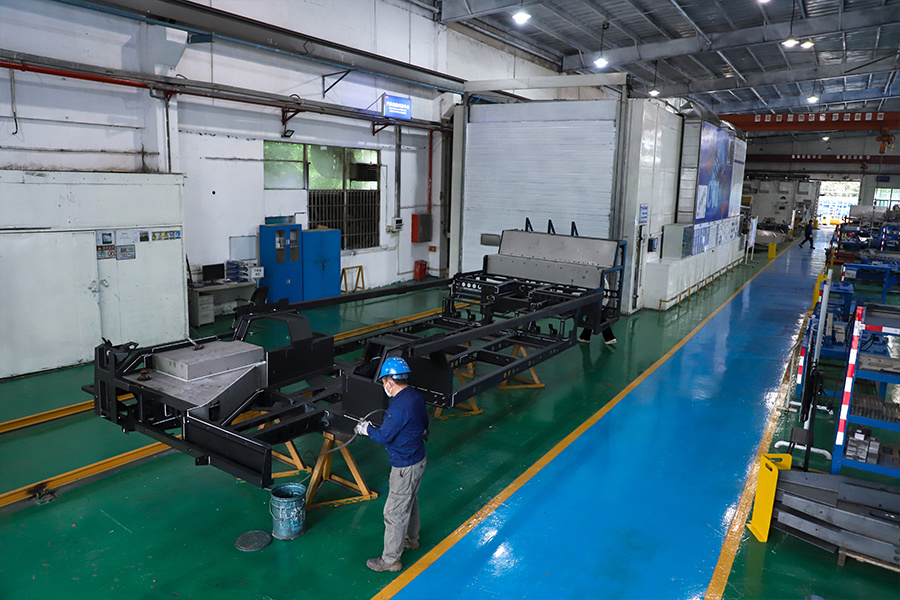In-depth analysis of sheet metal processing: the transformation from sheet metal to high-quality finished products
Release time:
2025-01-20
Sheet metal processing includes sheet metal selection, stamping, riveting, laser welding, seamless connection, post-processing to improve corrosion resistance and beauty, and quality inspection to ensure quality. The process is closely connected, promoting sheet metal processing to play a big role in various fields.
In the manufacturing industry, sheet metal processing plays a pivotal role. It cleverly transforms various types of sheets into high-quality finished products that meet various needs. From an ordinary sheet to a refined finished product, a series of complex and critical processes are involved.
Raw material selection and preparation
The first step in sheet metal processing is to select the right sheet. Different application scenarios have different requirements for the material, thickness, etc. of the sheet. For example, in the manufacture of electronic equipment housings, aluminum alloy sheets are often used because of their good conductivity and light weight; while in the processing of automotive body parts, high-strength steel plates are more common to ensure the safety and strength of the body. After selecting the sheet, it needs to be cleaned and leveled to ensure that the surface of the sheet is flat and free of impurities, laying the foundation for subsequent processing.
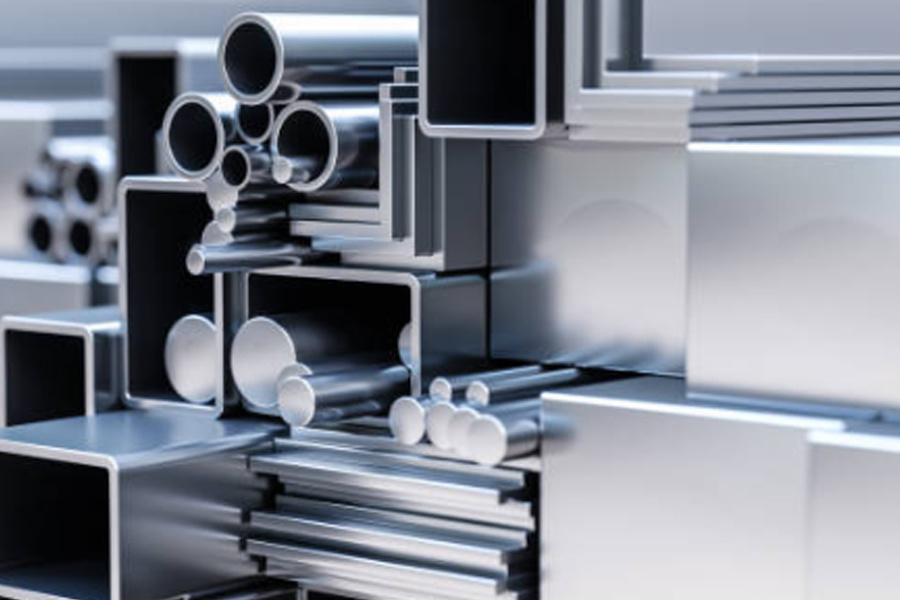
Sheet metal stamping: giving the sheet its initial shape
Sheet metal stamping is one of the commonly used processes in sheet metal processing. Through stamping dies and presses, the sheet is stamped into the required basic shape in a short time. In the production of automotive parts, a large number of sheet metal parts such as doors and hoods are manufactured through sheet metal stamping. The design of stamping dies is crucial, as it determines the precision and quality of stamped parts. The manufacture of dies requires high-precision processing equipment and rich experience to ensure that the stamped sheet metal parts meet the design requirements. During the stamping process, it is necessary to accurately control parameters such as pressure and speed to prevent problems such as cracking and excessive deformation of the sheet metal.
Sheet metal riveting: achieving component connection
Sheet metal riveting plays an important role when multiple sheet metal parts need to be connected. Sheet metal riveting is to use pressure to press rivets into the holes of sheet metal parts so that two or more sheet metal parts are tightly connected together. This connection method has higher strength and better sealing than traditional welding. In the assembly of electronic products, sheet metal riveting is often used to fix components such as circuit boards and heat sinks. The riveting process requires strict control of pressure and riveting depth to ensure that the riveting is firm and does not damage the surface of the sheet metal parts.
Sheet metal laser welding: creating seamless connections
For some sheet metal parts with high requirements for connection strength and appearance, sheet metal laser welding becomes an ideal choice. Laser welding uses a high-energy-density laser beam to quickly melt and fuse the connecting parts of the sheet metal together to form a high-quality weld. The advantages of laser welding are narrow welds and small heat-affected zones, which can effectively reduce sheet metal deformation and ensure the precision and appearance quality of the finished product. In the field of aerospace, sheet metal laser welding is widely used in the manufacture of aircraft wings, fuselages and other parts to ensure the strength and lightness of aircraft structures. The operation of laser welding requires professional equipment and technicians to accurately control the power, welding speed and welding path of the laser.
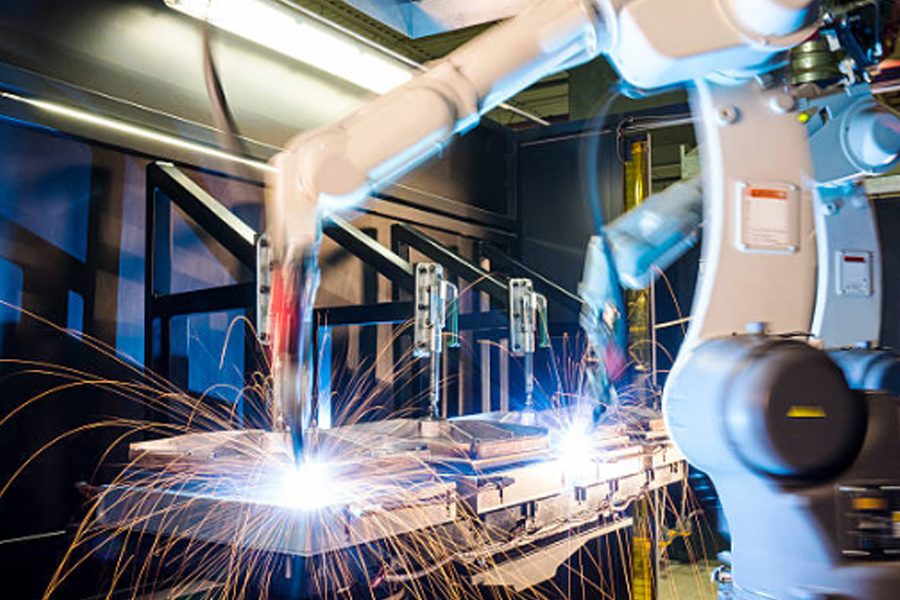
Subsequent processing and quality inspection
After completing the above main processing techniques, the sheet metal finished products need to be processed later, such as surface treatment. Common surface treatment methods include painting and electroplating, which can not only improve the corrosion resistance of sheet metal parts, but also improve their aesthetics. Finally, strict quality inspection is indispensable. Through appearance inspection, dimensional measurement, performance testing and other means, ensure that the sheet metal finished products meet the quality standards. Any slight defects may affect the overall performance of the product, so quality inspection is a key link to ensure the transformation from sheet metal to high-quality finished products.
Sheet metal processing starts with sheet metal, and then goes through a series of processes such as sheet metal stamping, sheet metal riveting, sheet metal laser welding, and then to subsequent processing and quality inspection. Each step is closely linked, and together they have contributed to the gorgeous transformation from sheet metal to high-quality finished products. The continuous development and improvement of these processes have promoted the sheet metal processing industry to play a greater role in various fields.
Key Words




